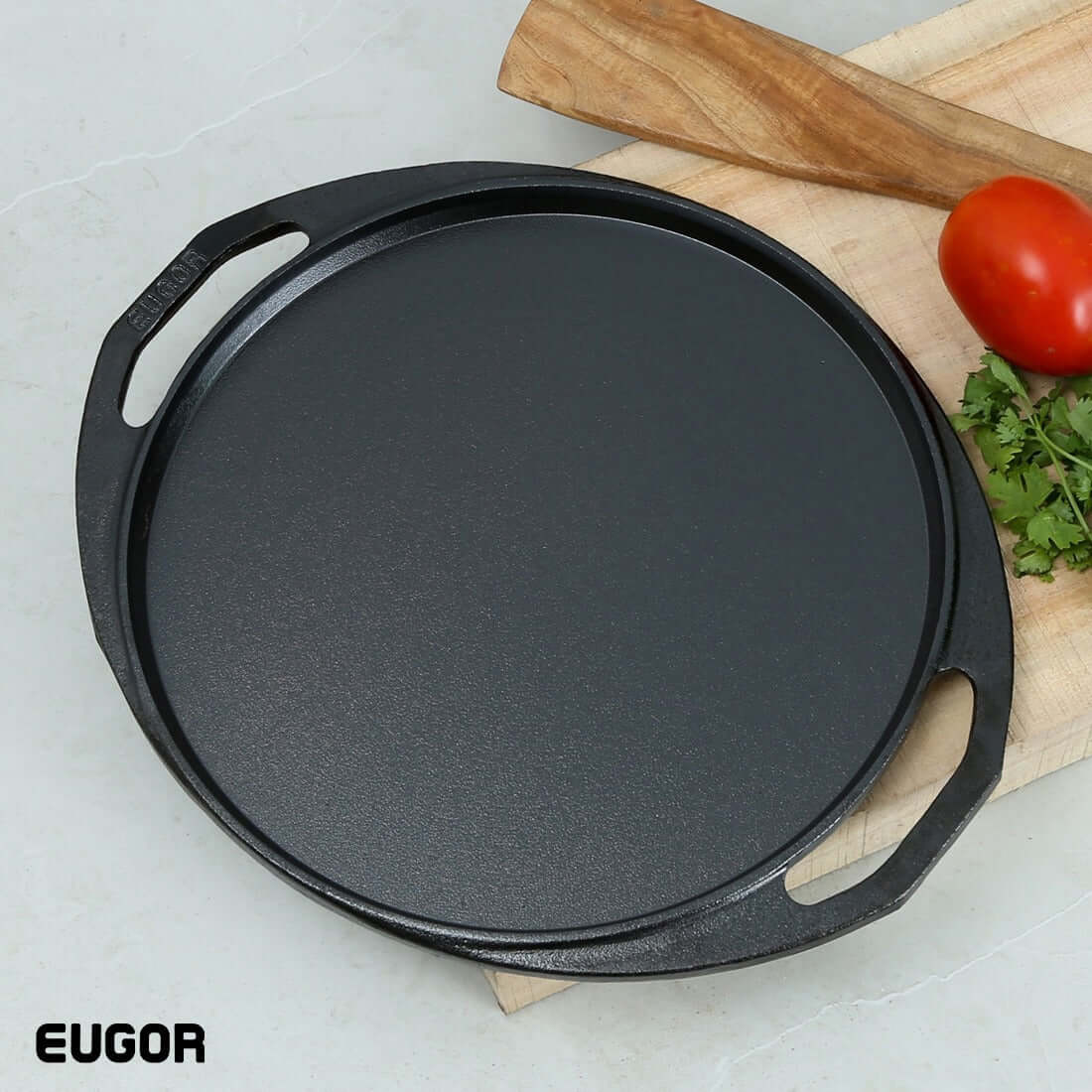
The Science Behind Cast Iron's Perfect Heat Distribution
In the world of cooking, few kitchen tools hold a revered status quite like the cast iron skillet. This timeless piece of cookware has been a staple in kitchens for centuries, and for good reason. It boasts a unique ability to distribute heat evenly, making it a favorite among professional chefs and home cooks alike. But have you ever wondered about the science behind cast iron's perfect heat distribution? In this article, we will delve into the fascinating world of metallurgy and heat transfer to uncover the secrets of this culinary masterpiece.
Understanding Cast Iron
To appreciate how cast iron excels at heat distribution, we first need to understand what it's made of and how it's crafted. Cast iron is primarily composed of iron, carbon, and small amounts of other elements. The key to its exceptional heat distribution lies in its molecular structure and manufacturing process.
Molecular Structure
At the atomic level, cast iron has a crystalline structure known as ferrite. This structure allows for the efficient transmission of heat throughout the pan. The iron atoms in cast iron are closely packed together, creating a solid lattice that conducts heat evenly.
The Casting Process
The name "cast iron" comes from its manufacturing process. Molten iron is poured into a mold, where it cools and solidifies. This casting method gives cast iron its distinctive properties. During the cooling process, the iron forms a grain structure that contributes to its heat distribution capabilities.
Heat Retention
One of the standout features of cast iron cookware is its ability to retain heat. When you heat a cast iron skillet, it absorbs and stores that heat, ensuring that your food cooks consistently. This heat retention is especially beneficial for searing, frying, and baking.
Uniform Heating
Cast iron's molecular structure and thick construction allow it to heat evenly across its entire surface. Unlike some other materials that create hot spots, cast iron ensures that every inch of the pan reaches the same temperature. This uniform heating is essential for achieving perfectly cooked dishes.
Seasoning for Improved Performance
To further enhance its heat distribution and non-stick properties, cast iron pans are often seasoned. Seasoning involves coating the pan with a layer of oil and heating it. This process creates a natural non-stick surface while also contributing to the pan's ability to distribute heat evenly.
Tips for Cooking with Cast Iron
Now that we've uncovered the science behind cast iron's perfect heat distribution, here are some tips for making the most of your cast iron cookware:
Preheat Your Pan
To ensure even cooking, always preheat your cast iron skillet before adding ingredients. This allows the entire surface to reach the desired temperature.
Use Low to Medium Heat
Cast iron retains heat exceptionally well, so you often don't need high heat settings. Cooking at lower to medium heat settings can help prevent food from sticking or burning.
Regularly Maintain Your Seasoning
Maintaining the seasoning of your cast iron pan is crucial. After each use, clean it gently without abrasive materials, and if needed, reapply a thin layer of oil and heat it to maintain its non-stick properties.
Avoid Drastic Temperature Changes
Rapidly changing the temperature of your cast iron pan can cause it to warp or crack. Gradual heating and cooling are key to preserving its longevity.
Enjoy Versatility
Cast iron cookware is incredibly versatile. You can use it on the stovetop, in the oven, or even over an open flame, making it a must-have for various cooking techniques.
Conclusion
In conclusion, the science behind cast iron's perfect heat distribution is a testament to both its composition and craftsmanship. Its molecular structure, coupled with the casting process, allows for even heating and exceptional heat retention. Understanding these principles will help you become a more skilled cook and make the most of this timeless kitchen tool.
FAQs
-
Is cast iron cookware difficult to maintain? Cast iron cookware requires a bit of care, but with proper seasoning and cleaning, it can last a lifetime.
-
Can I use cast iron cookware on an induction cooktop? Yes, many cast iron pans are compatible with induction cooktops, but make sure to check the manufacturer's specifications.
-
What is the best way to clean a cast iron skillet? Clean it with warm water and a soft brush or sponge. Avoid using soap, as it can strip away the seasoning.
-
Do I need to season my cast iron pan regularly? Seasoning should be done as needed. If the pan starts to lose its non-stick properties, it's time to reseason it.
-
Can cast iron cookware be used for baking in the oven? Absolutely! Cast iron is excellent for baking bread, casseroles, and even desserts. Just be sure to follow temperature guidelines.
Unlock the secrets of cast iron's perfect heat distribution and elevate your culinary skills with this remarkable kitchen tool. Shop Now: to explore a world of delicious possibilities.
- Choosing a selection results in a full page refresh.
!















